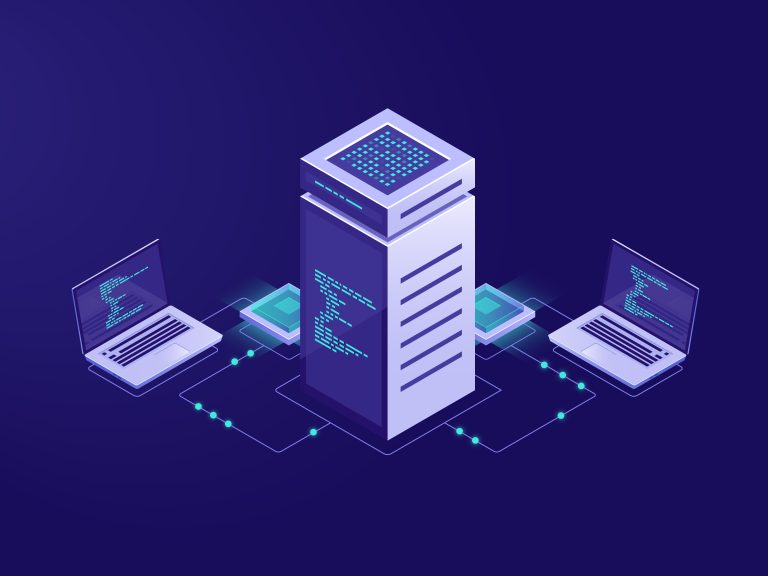What is a DDoS Attack?
A Distributed Forswearing of Administration (DDoS) attack is a malevolent cyber attack that aims to overpower a designated server, administration, or organization with unnecessary web traffic, making it unavailable to real clients. The assault is “circulated” because it includes different gadgets, frequently found worldwide, cooperating as a botnet to send a staggering volume of solicitations to the objective. These assaults are ordinarily used to disturb organizations, associations, and even states, causing monetary misfortunes, reputational harm, and functional margin time.
How Do DDoS Assaults Function?
- Botnet Formation:
Assailants taint gadgets (PCs, IoT gadgets, cell phones) with malware, turning them into “bots” or “zombies.” The assailant then controls these gadgets from a distance. - Traffic Flooding:
Once the botnet is prepared, the attacker guides each of the contaminated gadgets to send enormous amounts of traffic or demands to the objective framework. - Service Overload:
The objective’s server or organization becomes overpowered, consuming every one of its assets like transmission capacity, memory, or handling power, which prompts a stoppage or complete inaccessibility of the help.
Kinds of DDoS Assaults:
- Volume-Based Attacks:
These assaults flood the objective with unreasonable information to immerse the data transfer capacity. Models incorporate UDP floods and ICMP (ping) floods. - Protocol Attacks:
These assaults exploit shortcomings in network conventions to upset administrations. Models incorporate SYN floods, divided bundle assaults, and Ping of Death. - Application Layer Attacks:
Focusing on the application layer, these assaults disturb explicit administrations like web applications or information bases. HTTP floods and DNS enhancement assaults fall under this classification.
Step-by-step instructions to Battle a DDoS Assault:
- Early Detection:
Observing devices, similar to interruption identification frameworks (IDS), can assist with distinguishing strange traffic spikes early, considering a faster reaction. - Traffic Sifting and Firewalls:
Firewalls and interruption anticipation frameworks (IPS) can sift through pernicious traffic, impeding it before it arrives at the server. - Traffic Diversion:
Use Content Conveyance Organizations (CDNs) or cloud-based DDoS moderation administrations to retain inordinate traffic, keeping it from overpowering your framework. - Rate Limiting:
Carry out rate-restricting strategies to confine the number of solicitations from a solitary IP address within a particular time. - Scaling Resources:
Utilize versatile frameworks, for example, cloud-based arrangements, to deal with traffic spikes better during an assault. - Incident Reaction Plan:
Set up a bit-by-bit intent to relieve the effect of an assault, including secluding the impacted frameworks, speaking with partners, and reestablishing administrations productively.
Avoidance Tips:
- Put resources into Hostile to DDoS Tools:
Utilize particular programming and administrations intended to identify and alleviate DDoS assaults. - Ordinary Security Updates:
Keep all frameworks, firewalls, and programming modern to diminish weaknesses. - Network Redundancy:
Utilize circulated server engineering and numerous server farms to adjust the heap and guarantee accessibility. - Instruct Your Team:
Train representatives to perceive indications of a DDoS assault and answer suitably. - Secure IoT Devices:
IoT gadgets are frequently utilized in botnets; guarantee they are refreshed and gotten areas of strength for with.
Why Are DDoS Assaults Hazardous?
DDoS assaults are not simply badly designed — they can have serious ramifications for organizations:
- Income Loss: Margin time can prompt missed exchanges and lost clients.
- Reputational Damage: Delayed blackouts hurt client trust.
- Functional Impact: Worker efficiency is impacted when frameworks are down.
Why Choose Pheonix Solutions?
At Pheonix Solutions, we provide a comprehensive suite of services to help businesses safeguard against DDoS attacks and enhance their digital presence:
Expert Hosting Services: Choose from shared, VPS, or dedicated hosting solutions tailored for your needs.
24/7 Server Management: Our team ensures uptime, performance, and security around the clock.
Custom Application Development: We create tailored websites and mobile apps designed for speed, security, and scalability.
Enhanced SEO and Performance: Our solutions help improve your website’s rankings and provide a seamless user experience.
With our reliable support via WhatsApp and email, you can focus on your business while we take care of your digital infrastructure. Contact us today to explore our services and take your online operations to the next level!
Conclusion:
DDoS assaults are a huge danger in the present computerized age, yet with the right devices, systems, and arrangements, their effect can be limited. Organizations ought to embrace proactive observing, put resources into a strong framework, and have a compelling episode reaction intended to remain versatile against these assaults. By being ready, associations can keep up with continuous help and protect their standing.




